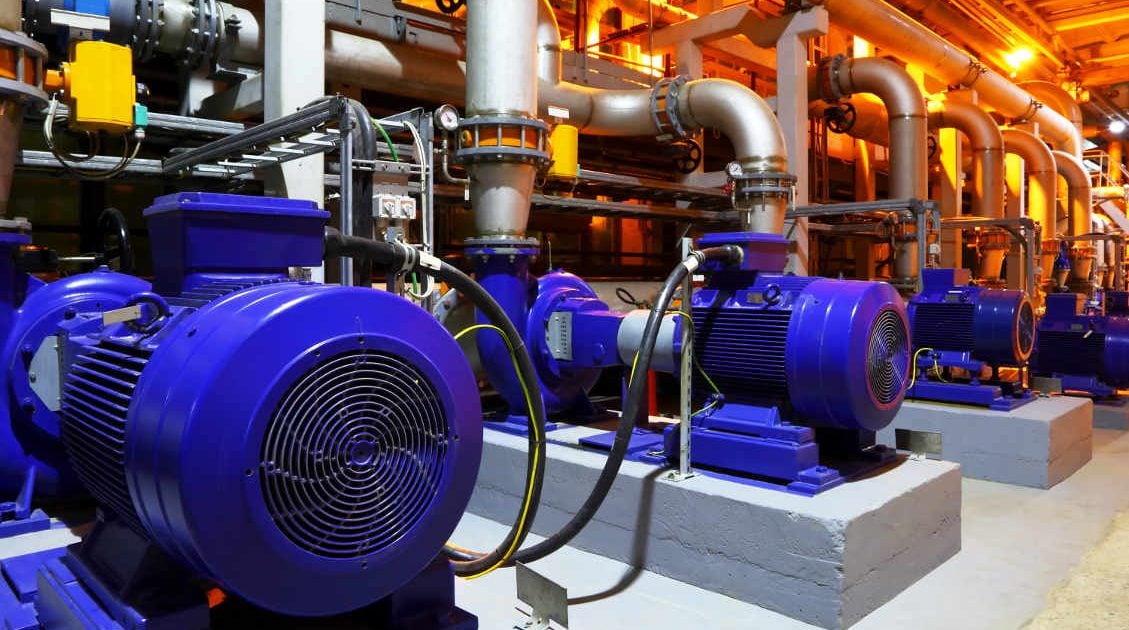How preventative maintenance saves costs and improves customer satisfaction
How to reduce maintenance programme costs, improve safety and improve customer satisfaction? This has become a challenge for companies involved in rail, water and electricity and other critical infrastructure management.
Act before a minor failure causes real damage
The assets of public infrastructure consist of expensive equipment. Replacing failing equipment is costly and inconvenient if it occurs outside of scheduled maintenance scheme. To reduce these costs, Preventative maintenance comes in. With Preventative maintenance, you can repair or replace parts which are showing signs of fatigue or early failure. Thus, with this new type of preventative or predictive maintenance programme, you can act before an (expected) little failure has caused any real damage.
And, in public infrastructure, a failed component isn’t just a failed component! For example, the failure of a water sluice causes disruption for the infrastructure as a whole: Ships and trains can’t deliver their goods anymore on time. Customers are standing literary in the cold. Or even worse. With preventative maintenance you can cut high costs and minimise disruption.
High personnel costs and scarcity of trained personnel
In old days, mechanics and engineers would do their regular scheduled rounds of maintenance, where every device got a similar amount of attention, whether the device was in a bad state or not. With sensors, the state of maintenance of devices can be measured real-time. As such, personnel can now focus on identified problems, resulting in a much more efficient use of trained personnel and budgets.
Legacy systems and modern issues
Most public infrastructure is decades old – 30 years is quite common. In those days, engineers have managed to get a system working with a lot of effort. In their time, they were very advanced. However, in recent years, these systems got some issues:
- How does it work?
- Higher demands
- Security
How does it work?
In fact, there are two challenges:
- Knowledge has disappeared
- Keeping it working has the most priority
As said, engineers have managed those systems to work with a lot of effort. Since then, more and more functionality has been added to the system. So, the architecture consists mostly of ‘spaghetti’. To make things more complicated, the engineers who have developed the system have moved to other jobs or have even retired. If documentation was written at all -not a high priority 30 years ago- the documentation has been lost in clean-ups or found a resting place in an archive. So, in a lot of cases, a system works, however, nobody knows exactly how and which devices are being used.
The other challenge of the legacy system is that the system works. Maybe with some faults, maybe with issues which has come up in modern times. But anyway, it works: trains are running, sluices are operating and energy is flowing. The consequences what might happen when this system doesn’t work at all, are seen as greater than the ‘modern time’ issues, such as climate change. As long as nothing happens, of course.
Maybe control of one type of devices has been built through a dashboard. But: a lot of these dashboards only give a signal when a device isn’t working anymore. And so, as mentioned above, those signals are in fact too late. Besides, most control systems only work for the device itself. In modern times, communication between different systems is important. When you have control in one dashboard, you can optimally manage your assets to run your processes smoothly.
Higher demands
Customers, be it persons or companies, have raised the bar of their demands. Some examples include:
- In modern times, everything is connected. Part of a system, which can always be reached and part of an infrastructure as a whole (smart cities, smart ports). Customers expect that you are a part of their infrastructure
- For customers, a schedule is a schedule. Just in time management has become very important and customers expect you can fulfil this precision
- Customers expect that everything is running smoothly. And also, that you can tell beforehand what will happen.
- Communication: And if something happens, that you can tell its cause and the consequences. And that you can be reached whenever there is a problem: so, an unreachable customer care center (for instance call centers and internet customer care) due to work overload in communication centers increases dissatisfaction even more
- Nowadays, customers expect solutions instead of products
Security issues
Another important issue in the world of water and public infrastructure is security. When the infrastructure was overhauled some 20 or 30 years ago, security wasn’t an important issue. Nowadays, where the whole world is connected and threats can come from anywhere, public infrastructure and waterways are interesting targets. With ASN’s security programme, you’ll get control over the security of your infrastructure with military grade solutions.
Benefits
- Lower costs and a longer lifetime for your equipment with Preventative maintenance
- Better serve your clients: less delay due to timely maintenance
- Control and optimal use of your assets
- Security for your infrastructure
ASN contactless measurement, smart algorithms and alerting offers the ideal condition for this programme. The asset management team can then schedule maintenance in order to replace the failing component(s) with minimum disruption to the public, and overall lower operational costs.
Let’s make an appointment to see how we can help you to create an effective maintenance programme and reduce your Total Cost of Ownership.



